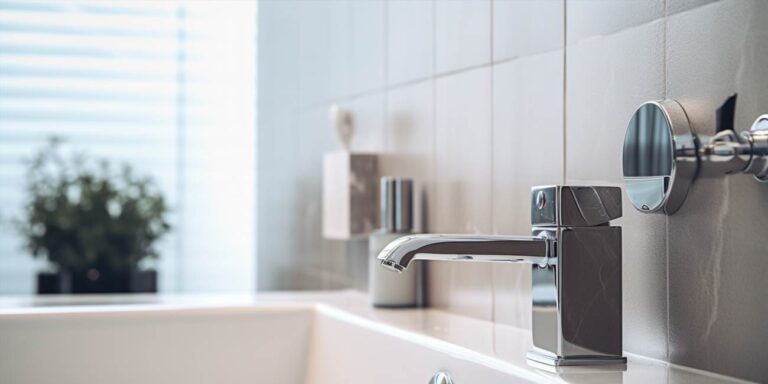Legionnaires’ disease is a serious and potentially life-threatening form of pneumonia caused by the Legionella bacteria. While it’s often associated with contaminated water systems in large buildings like hotels and hospitals, it can also pose a risk in residential settings. In this article, we will explore the steps you can take to prevent Legionnaires’ disease in your home.
Understanding legionnaires’ disease
Before we dive into prevention methods, let’s briefly understand what Legionnaires’ disease is and how it spreads. Legionella bacteria thrive in water systems, especially when the water is stagnant or at temperatures between 77°F (25°C) and 113°F (45°C). When contaminated water droplets are inhaled, they can lead to infection.
Prevention measures for your home
1. Clean and Maintain Your Plumbing: Legionella can grow in pipes, so it’s essential to regularly clean and disinfect your plumbing system. Flushing your pipes with hot water (above 140°F or 60°C) can help kill the bacteria.
2. Regularly Clean and Disinfect Your Showerheads: Showerheads can harbor Legionella bacteria. Clean and disinfect them at least once a month by soaking them in a mixture of water and vinegar or using a commercial descaling product.
3. Check and Maintain Your Hot Water Heater: Set your hot water heater to a temperature of at least 140°F (60°C). This will ensure that the water is hot enough to kill any Legionella bacteria that may be present.
4. Avoid Stagnant Water: Legionella thrives in stagnant water. If you have any unused faucets or showers, run them for a few minutes regularly to keep the water flowing.
5. Clean and Maintain Your Cooling Systems: If you have air conditioning systems that use water, such as evaporative coolers, ensure they are cleaned and maintained regularly to prevent bacterial growth.
6. Install Filtration Systems: Consider installing water filtration systems that can remove contaminants, including Legionella, from your water supply.
7. Regularly Inspect and Clean Your Humidifiers: If you use humidifiers in your home, clean and disinfect them according to the manufacturer’s instructions to prevent bacterial growth.
Frequently asked questions (faqs)
What are the symptoms of legionnaires’ disease?
Symptoms of Legionnaires’ disease include high fever, cough, shortness of breath, muscle aches, headaches, and in severe cases, pneumonia. If you experience these symptoms, seek medical attention immediately.
Is legionnaires’ disease contagious?
No, Legionnaires’ disease is not contagious and cannot be spread from person to person. It is contracted by inhaling contaminated water droplets.
Are there any high-risk groups for legionnaires’ disease?
Yes, individuals over the age of 50, smokers, and those with weakened immune systems are at a higher risk of developing severe illness if they contract Legionnaires’ disease.
Can legionnaires’ disease be treated?
Yes, Legionnaires’ disease can be treated with antibiotics. Early diagnosis and treatment are crucial for a full recovery.
Conclusion
Preventing Legionnaires’ disease in your home requires diligence and regular maintenance of your plumbing and water systems. By following the measures outlined in this article, you can significantly reduce the risk of Legionella contamination and protect the health of your family. Stay informed, stay safe, and take proactive steps to keep your home free from this potentially deadly bacteria.
See also:





